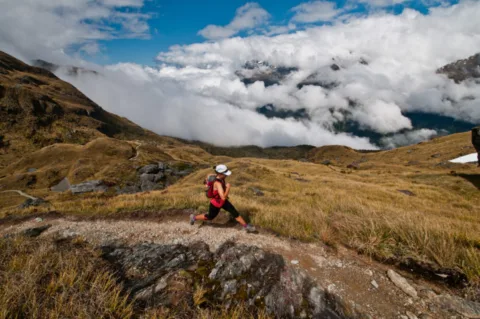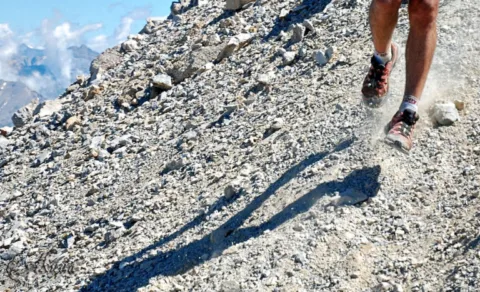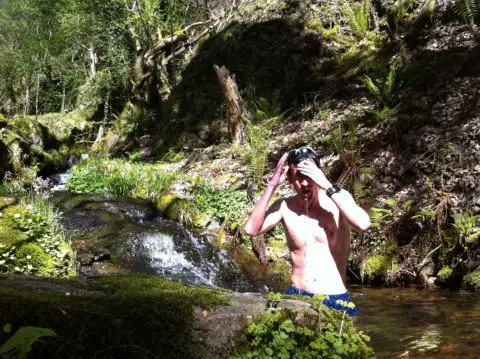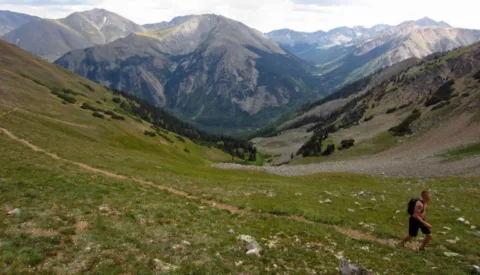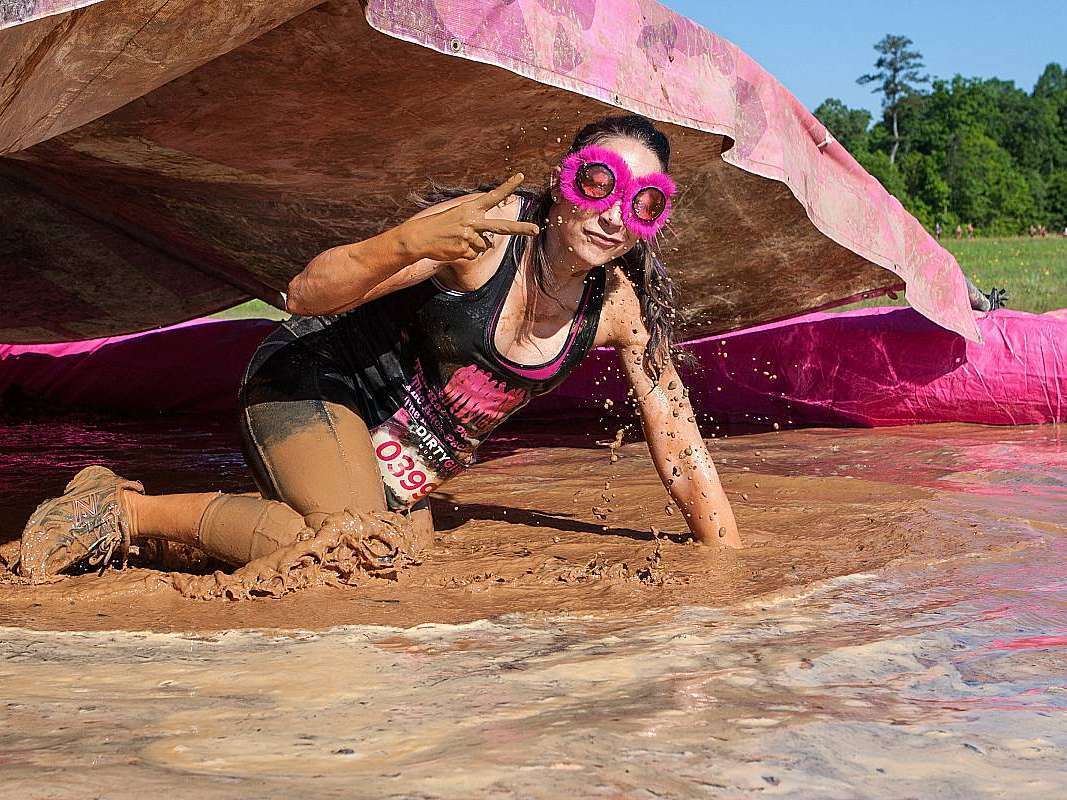On the one hand, every ultraruuner’s path is different.
On the other hand, I have also seen a common progression that goes something like this:
- A runner trains and runs a half-marathon.
- They get a taste of long-distance running and seek the holy grail of the marathon.
- After running multiple marathons, they want a new challenge to go further and plunge into the world of ultrarunning – 50k, 50 miles, 100 miles.
- They diversify their running interests by exploring different running terrains such as trail running, and they run trail marathons.
- What comes next are longer-distance ultra runs such as the 12-hour and 24-hour runs, and multi-day running events as long as 500k and beyond.
As this progression continues, many ultrarunners will take to the trails, hills, and mountains for multi-day running events.
Enter fastpacking.
In my last article about Catra Corbett, I mentioned her love for fastpacking. That sparked a lot of interest. So let’s talk about it.
I plan on addressing various aspects of fastpacking in future posts, but this article lays down some basics and gives some useful information to explore.
What Is Fastpacking?
Fastpacking is an endurance sport in its own right, which has attracted many ultrarunners.
It is essentially a cross between mountain or trail running and backpacking. It is rapid, long-distance trail or mountain travel by foot over multiple days.
Strap a small amount of gear, food, and water on your back and go running and power-hiking for days at a time. Sleep under the stars — or wherever your feet have landed you — and discover sights and places that most people will never experience or see.
There are many critical elements related to fastpacking including:
- Ultrarunning strength and endurance
- Specialized gear
- A skill set for safely and efficiently navigating difficult terrain, varying conditions, and extreme mental & physical demands
One of those most exhaustive articles about fastpacking that I have read was written by fastpacker Meghan Hicks – The Definitive Guide to Fastpacking.
Types Of Fastpacking
There are 3 styles of fastpacking:
- Supported – There is a support crew that can supply and tend to the fastpacker at various checkpoints along their route.
- Self-supported – Does not involve a dedicated support team but they allow for self-caching of supplies in advance along the route, and using stores, lodgings, and/or other facilities along the way.
- Unsupported – Does not make use of outside assistance or self-caching of any supplies. Other than water and endemic edibles that can be ingested or collected along the way, all supplies are carried from start to finish.
How To Plan Your First Fastpacking Trip
It takes days, if not weeks, to plan a good fastpack trip. You have to:
- Map it
- Get the right gear and food
- Prepare your gear, clothing, and food
- Pack it all — being very mindful to weed out the unnecessary
Less is more. Taking less stuff takes more preparation and time than just throwing everything in your pack. You have to think it through strategically.
What do you need? Why do you need it? What are the chances you will need it? What’s the weather likely to be? How many days might it take? What are the worst case scenarios?
Think survival and LIGHT. Remember, you want to be carrying the lightest pack possible. Shoot for 10 lbs if you can; many consider 25 lbs to be the max. Source
With advances in gear design, runners can take the bare minimum of overnight equipment in a pack that weighs less than 5 pounds on multi-day trail runs.
Before You Go Fastpacking…
Do you want to expand your ultrarunning interests into some new challenges? Do you have that wanderlust desire for or impulse to wander or travel and explore the world? Are you being called to an epic outdoors adventure?
If so, then fastpacking might be what’s next for you.
If you’re interested in exploring and doing fastpacking, here’s are some tips to get you going:
- Educate yourself. Read the links in this article and become more familiar with the universe of fastpacking.
- Train and run multi-day ultramarathon events. Become accustomed to the feel of endurance events that are 2-3 days long.
- Hit the trails and mountains. Find some rugged trails and terrain and become familiar with the challenges of covering this routes, walking, hiking and running.
- Identify 2 or 3 others who are interested in taking on the adventure of fastpacking. Train together.

